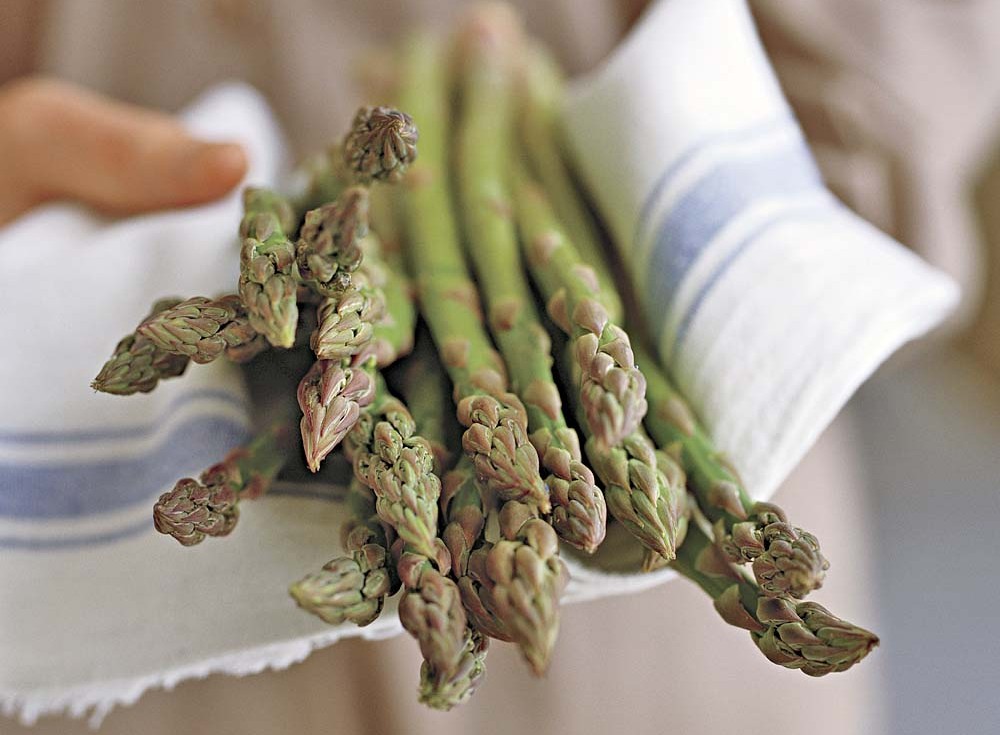Today
Asparagus Tips
Photo/Art by Michael Paul/ Stockfood Asparagus cultivation dates back to early Greek and Roman civilizations, but our local fondness got jumping in the 1920s when Massachusetts’ Pioneer Valley showed its fertile self with such prodigious harvests that the town of Hadley was crowned the “Asparagus Capital of the World.” Some describe this member of the […]

Photo Credit : Stockfood, Michael Paul/

Photo/Art by Michael Paul/ Stockfood
Asparagus cultivation dates back to early Greek and Roman civilizations, but our local fondness got jumping in the 1920s when Massachusetts’ Pioneer Valley showed its fertile self with such prodigious harvests that the town of Hadley was crowned the “Asparagus Capital of the World.”

Photo Credit : Palmieri, Nancy


